How to Spark Your Friend’s Interest in Go
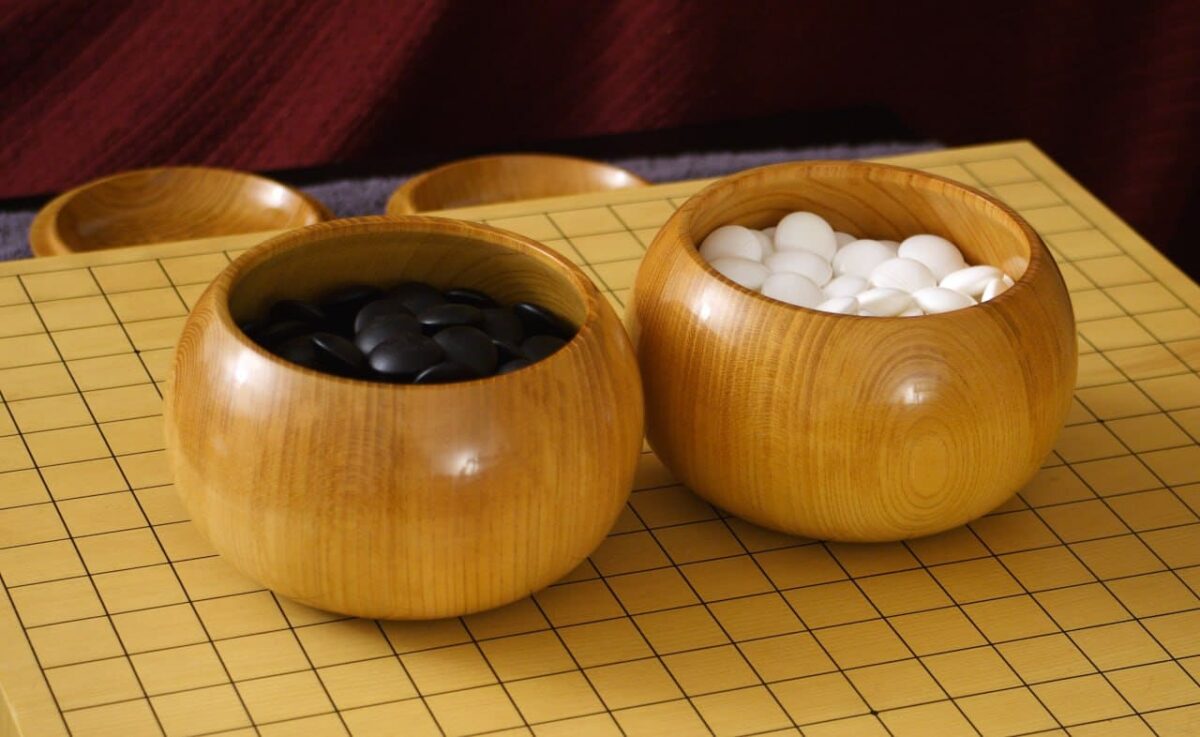
It is in human nature to wish to share what you love with the people who are close to you; being here, precisely the game of Go is one area of life you wish your friends to be a part of.
We are living in a world dominated by flashy video games on all kinds of devices: mobile phones, desktop computers, game consoles. There is nothing wrong with that, gaming is fun and exciting, but because of that very few people get to find out about this millenia old fascinating game of Go and we, the ones that love the game, can do more to make it known to our friends at least. At the same time, remember that Go can be played on a mobile phone, too.
That’s what this article is about – some simple, thoughtful ideas that just might make your friends pause, look twice, and say, “Hey, this actually looks cool.”
Let’s get into it and explore why they can feel that the game of Go is of little interest to them and how to spark and maintain their interest until they get hooked.
1. The Mental Barriers to Go
Beside the general exposure and endless scrolling through social media, there are other possible reasons that could be stopping your friends from trying to learn a new board game. Of course the first reason is that they have never heard of the game in the first place.
In Asia, children are getting familiar with the game from a young age, growing up seeing references to Go in literature, art, and popular media, where characters in movies and television play Go; also professional tournaments receive mainstream coverage.

Source: Humans versus robots: How a Google computer beat a world champion at this board game – and what it means for the future
The Match | Netflix (2025) movie will give you a full understanding about what Go means to Korean society, how popular and important it is. You will learn about the South Korean Go World Champion, Cho Hun-hyun and his renowned student, Lee Chang-ho, who became a World Champion at only 16 years. The film dramatizes their real-life mentor-protégé relationship and the intense rivalry that developed between them.
Children in the Western part of the world might be familiar with chess and the visual appearance of a standard empty Go board can give a sense of foreignness and unfamiliarity.
The empty 19×19 Go board, at the beginning of the game, with its 361 intersections, can appear overwhelming to newcomers and offers few clues about where to start or what constitutes good play. This contrasts sharply with games like chess, where opening moves are constrained and pieces have predetermined starting positions and rules of moving.

Source: Key Priorities in Go Opening — The Core Principles of an Elegant Fuseki
Apart from the unfamiliarity, the “outside” person can think of the game of Go as very complex and hard to understand. This misconception often stems from looking at the games or hearing about Go’s strategic depth or its reputation as a game that challenged artificial intelligence long after computers mastered chess.
There can be many excuses that people will try to find for staying away from the game, but most of the time it is just about being afraid of trying something new. Our brain is wired to protect us from an unknown that might make us uncomfortable or ashamed of not being smart enough.
2. Do You Know Your Buddy?
Considering the mental barriers and peoples’ resistance to the new, we need to think about building familiarity with the game of Go and introducing it to our friends in a way they can accept.
Think of one of your friends and identify the best way of introducing the game to them.
What are your friend’s passions? Is your friend a strategic thinker, a history buff, a competitive spirit, or just curious about exploring different cultures? The idea here is that we should first of all capture our friends’ attention with some strong hook, the same way they do it in the advertising.
- Analytically minded friend? Emphasize Go’s logical aspects: how positions can be analyzed, how strategic principles guide decisions, and how reading ahead allows prediction of outcomes. These friends might appreciate learning about the game’s logical aspects or its significance in artificial intelligence research.
- Drawn to narratives and history? Emphasize Go’s rich cultural context and the stories surrounding it. Share anecdotes about famous games or players, explain how Go influenced military strategy in ancient China or discuss its portrayal in literature and film.
- Socially motivated learner? – Highlight the community aspects of Go. Explain how the game creates connections between players, mention local clubs or online communities, and emphasize Go’s role as a social activity throughout history.
- Competitive? – The challenge aspect might be most appealing. Discuss the ranking system, mention tournaments and competitive play, and explain how the handicap system creates balanced competition between players of different levels.
By aligning your introduction with your friends’ natural interests, you create resonance that makes the game more immediately engaging. The goal is not to simplify Go but to find the aspects of its rich tradition that will most naturally connect with each individual.
In the following chapters we should try to develop such approaches for these different types of people, your friends.
3. Let’s Tell Them the Story of Go!
If your friend is passionate about history, civilizations and culture, you can use the story of Go to try bridging the cultural familiarity gap by providing context about Go’s role in East Asian culture. Share interesting historical anecdotes or references to Go in films, literature, or art.
You can find a very interesting and well documented history of Go, here: The Brief History of Go: A Chronicle from Ancient Times to Worldwide Acclaim
Also, tell them anecdotes about Go; for instance: it is said that a Chinese emperor (often said to be Emperor Wu of Liang, Liang Dynasty from 502 to 549 AD, who ruled in what today is Nanjing, in eastern China.) once remarked: “A game of Go is better than a hundred cups of tea.” Quite a strange statement for a westerner, maybe without any immediate meaning to them, but in traditional Chinese culture, Go (Weiqi), music, calligraphy, and painting were considered the four refined arts. Go was seen not just as a game, but as a form of meditation and intellectual cultivation.
Building up on the culture and civilization, to a person who is interested in historical events and want to explore it more, you can also recommend some TV movies, like for instance Watch Captivating the King | Netflix Official Site. This movie is about historical events, but also about Go. Wouldn’t that be an amazing way of sparking their interests in Go?
4. Make it Social – Show Them the Community
If your friend is interested in meeting new and interesting people, take him to the local Go club.
Get him participating in the club games and tournaments when he is ready and get him familiar with famous Go players, both Asian and from the Western culture. On our site, Go Game Articles & Tutorials, you will find plenty of articles about famous players, so that you can get inspired by those, but you can also show them the massive amount of courses and guidance they can find here.
Also, do not forget about the online Go servers that create opportunities to play with others regardless of location. For friends who enjoy social gaming, the ability to connect with a global community can be particularly appealing. Try these ideas: Where to Play Go Online? GoQuest and OGS overview.
Go can also be incorporated into game nights alongside other activities. Rather than making Go the sole focus, include it as one option among several games or as an add-on to a Japanese tea evening. This low-pressure introduction allows friends to try Go without feeling obligated to commit significant time. As interest develops, Go might naturally become a more central activity.
Also, Go picnics or outdoor sessions can be particularly enjoyable in good weather. Magnetic travel boards or tablet apps make it possible to play in parks, at beaches, or on hiking trips. The relaxed outdoor setting can reduce the pressure that sometimes accompanies learning a new game and associates Go with pleasant environments.
Your friend will see that Go offers rich social benefits; obviously the game creates natural opportunities for meaningful interaction, whether played in person at local clubs or online with players from around the world. The Go community is welcoming toward newcomers and strong bonds can in time form through shared appreciation of the game. For many players, Go becomes not just a hobby but a gateway to lasting friendships and a sense of belonging to a global tradition. Will your friend be convinced? It depends on you, so no pressure there! 🙂
5. Is Your Friend an Analytical Mind and Into Technology?
In this case, you probably can start explaining the rules of Go and even if they are quite simple, probably more simpler than in the case of other board games, Go’s strategic possibilities are vast; there are 10^170 possible game positions, vastly more than the number of atoms in the observable universe. Would that impress them?
You can explain to your friends that from this minimalist foundation emerges a game of such strategic complexity and mathematical depth that it remained the final board game to resist complete mastery by artificial intelligence until 2016, when AlphaGo’s victory over world champion Lee Sedol marked a watershed moment in computing history. You can read more about this encounter on our site: Lee Sedol and AlphaGo: The Legacy of a Historic Fight!.

Source: https://s.telegraph.co.uk/graphics/projects/go-google-computer-game/index.html
Remind them that in 1997 Deep Blue | IBM defeated Chess World Champion Garry Kasparov in a six-game match 2-1 with 3 draws, marking the first time a reigning world champion lost a match to a computer under standard tournament conditions; it took almost 20 more years and a new technology, Artificial Intelligence, to be able to beat a professional Go player. Ask them to watch the documentary AlphaGo – The Movie | Full award-winning documentary to understand the history of this technology development in relation to Go and next ask them to watch Lee Sedol vs. AlphaGo: What Really Happened in the Match.
For the technology-fans and passionate about playing games on their phones, everywhere, you can tell them that smartphones and tablet apps provide convenient ways to play and learn on the go. Apps like SmartGo, Go Quest, and BadukPop offer tutorials, problems, and the ability to play against AI opponents of adjustable strength.
Also, AI review tools have revolutionized Go learning. Programs like KataGo and Leela Zero can analyze games and suggest improvements, providing immediate feedback that was once available only from human teachers.
6. Can Time or Age be a Concern?
Is your friend concerned with being “too old” to learn Go? Tell them about the professional Go players Cho Chikun, Rin Kaiho or Takemiya Masaki, who in their 70s and 80s, are still teaching and writing about Go or even occasionally playing. It is never too late to learn and play Go and your adult friends will definitely benefit from keeping their mind sharp.
An interesting situation could be if your friend has children that they would like to take away from the screens and do something more interesting together, something really useful for mind, creativity and analytical thinking.
Here, for instance, you can tell them the story of Joane Missingham that you can find here: Breaking Barriers: The Inspiring Story of Joanne Missingham. Her parents taught her the rules of Go at the age of 4 and she became very passionate about the game through a combination of practice and watching “Hikaru no Go” anime on TV as a child; that inspired her to become the player she is today. Check out our video to learn more about Hikaru no Go. Or, if you’re interested, you can read the manga it’s based on or just watch the anime!
People from all ages are fascinated by manga and anime, so just use it with your friends. Also, I can assure you that once they start playing Go, they will also be fascinated by this series, irrespective of their today’s relationship to anime.
7. Is Your Friend Competitive?
If you know that your friend enjoys entering all kinds of competitions, then a good idea would also be to take him to a Go Club and show him how and what tournaments take place, online and offline. You can tell him about famous Go players and how they achieved their ranks and become famous. For inspirations you will find lots of stories on Go Game Articles & Tutorials.
The tournaments and trophies aspects might be appealing to them. Get them curious about the players in the club by telling them about their ranks and competition they played, about travelling to different cities or even countries for playing in various tournaments.
Discuss the ranking system, mention tournaments and competitive play, and explain how the handicap system creates balanced competition between players of different levels. You can also describe how the ranks are achieved and what they mean.
After explaining the rules and starting playing potentially on a smaller board at the beginning, you can set up some challenges so he or she feels the competition pressure from the beginning.
Consider tournament-style events, even informal ones, that can appeal to friends with competitive streaks. A mini-tournament with small prizes adds excitement and purpose to games. Consider using handicaps to level the playing field and implementing time limits to keep games moving. Even players who are normally casual about games often enjoy the structured challenge of tournament formats.
Track Competition Results – absolutely important for them to see their achievements
- Keep scorecards or logs to document wins, losses, and key moments in each game. Seeing improvement over time can be incredibly satisfying.
- Consider using apps or platforms that offer leaderboards, badges, or rankings to add a digital layer of motivation.
Use Puzzles and Challenges
- Introduce tactical puzzles or problem-solving exercises to sharpen their skills outside of full games. Many online resources and books provide excellent material for this.
- Who knows more Japanese words and what they mean?
- Who knows more famous players recent and from the past?
8. Keep the Momentum Going
Let’s assume that you have successfully sparked their initial interest in Go and they say yes. Now, your next challenge is to provide a learning experience that builds confidence and enjoyment. The teaching approach you choose can make the difference between a friend who plays once out of politeness and one who discovers a lifelong passion.
Explaining the entire ruleset in under five minutes, then immediately beginning playing on a small board could be a good teaching approach. Always try on a 9×9 board at first to reduce the intimidation of the full board. This hands-on experience from the beginning quickly demonstrates that the game is accessible. So, try different ideas, like
- Play short games instead of long ones when you’re starting out. Use 9×9 or 13×13 boards.
- Try out little challenges, like “Who can capture the most stones?” or “Can we both survive this corner?”
- Use apps or online tools designed for beginners – they often come with fun tutorials and cute graphics. One of the greatest resources for teaching and learning Go is Go Magic.
Implement “teaching games” so that you, as the more experienced player, prioritize creating learning opportunities over winning; think aloud and explain why you made a certain move while pointing out different considerations and alternatives. This transparency demystifies the decision-making process and shows that Go reasoning is accessible, not magical.
Beyond the game itself, the context in which Go is played significantly impacts how friends perceive the experience. Creating memorable, positive associations with Go increases the likelihood that initial interest will develop into lasting engagement.
Consider organizing themed Go nights that combine playing with cultural exploration. Serve Japanese, Korean, or Chinese food, play traditional music, or watch together a Go-related film like The Go Master, which is about the famous Wu Qingyuan (or Go Seigen as he is pronounced in Japanese) who is considered the greatest Go player of the 20th century. These multisensory experiences create richer memories and cultural context for the game.
9. Let Them Follow Their Own Path
Providing the right resources can help friends continue their journey independently. From learning materials to community connections, these resources transform initial curiosity into sustained engagement with the game. Here are a few more resources that you can use:
Go Magic provides structured courses specifically designed for Western beginners, with clear explanations that avoid overwhelming terminology and focus on practical understanding. The site is continuously updated with new courses and articles that would inspire any player at any rank level.
Sensei’s Library is a wiki-style repository of Go knowledge with dedicated sections for beginners. While its vast content can be overwhelming, the beginner’s corner provides structured learning paths and answers to common questions.
Play Go Online Game – Cosumi is a free online tutorial that allows readers to play through examples directly in the browser. Its step-by-step approach covers all the basics and includes interactive problems to test understanding.
Also, there are countless books they can read and learn about Go more deeply. One interesting and very informative article about Go Books is here.
10. What to Do After Reading This Article?
The conclusion of the entire discussion is that if you want to spark your friends interest in Go, you must adapt Go introduction to different personalities, leveraging technology when needed, thoughtfully, creating memorable experiences, and supporting continued engagement; this way you transform Go from a mere game into a rich, ongoing activity that friends look forward to.
What concrete steps should you take now after reading this article?
Can you think of one or two friends who seem most likely to appreciate Go’s unique qualities?
Prepare a thoughtful introduction tailored to their interests and learning style. Have a 9×9 board ready, along with some basic resources you can share if they express interest. Create a relaxed, enjoyable first experience focused on fun rather than perfection. Follow up with opportunities to play again, gradually introducing new concepts as appropriate. Connect them with broader resources and communities when they’re ready.
In the comments, please tell us your stories about how you engaged with your friends, what you discovered and what approach worked for you.
So pick up your stones, prepare your board, and extend an invitation. The ancient game of Go awaits, ready to weave new players into its timeless tradition.
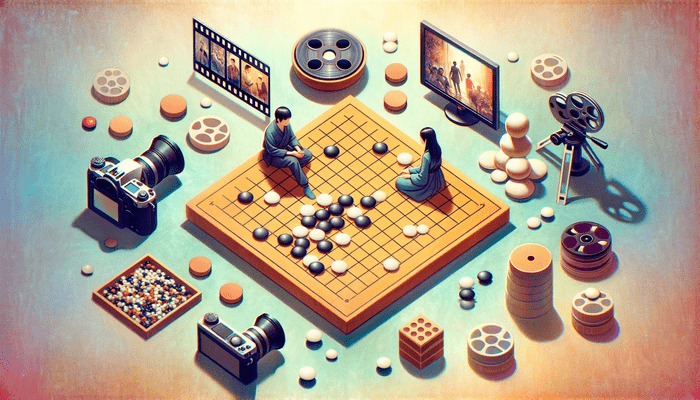
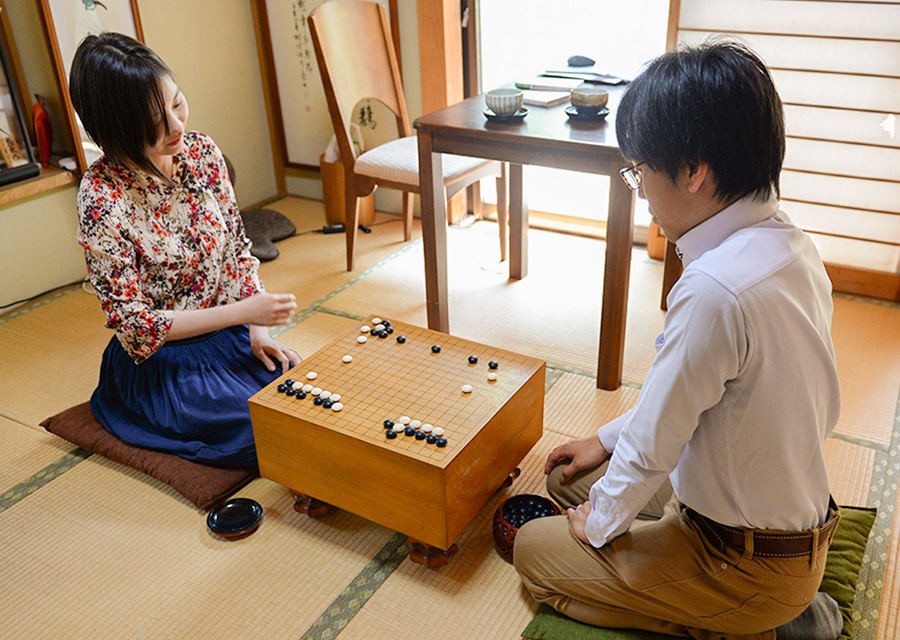
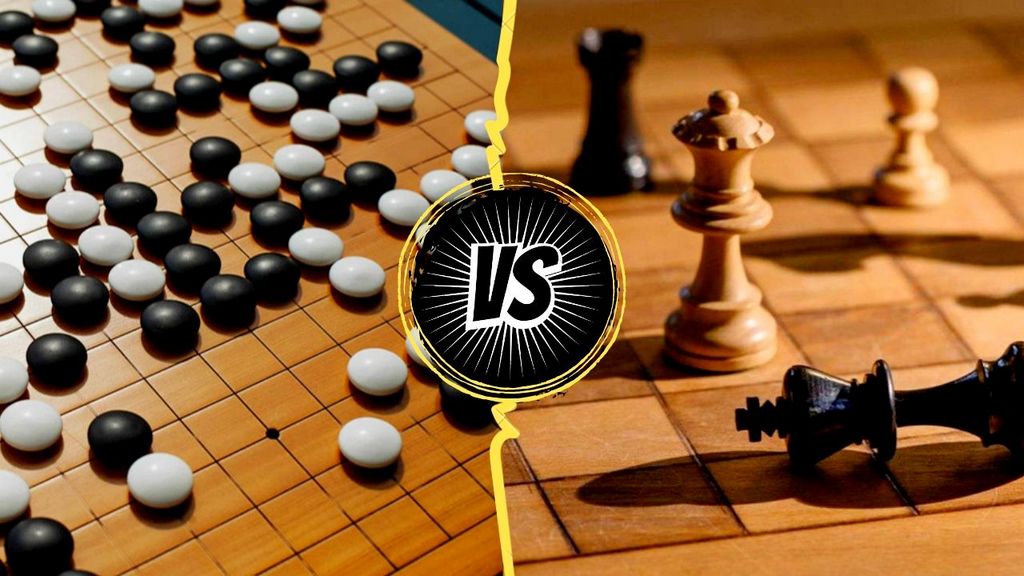
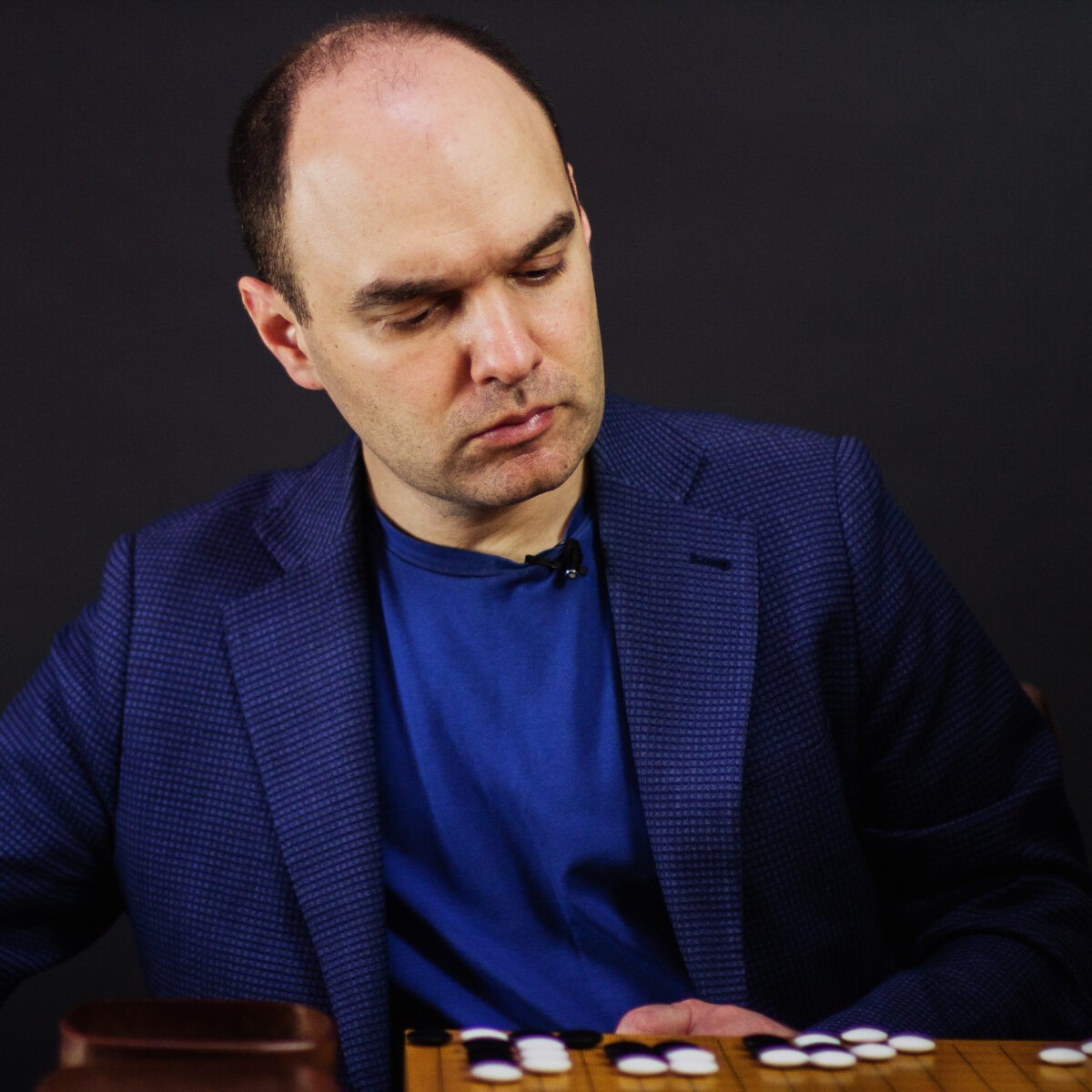
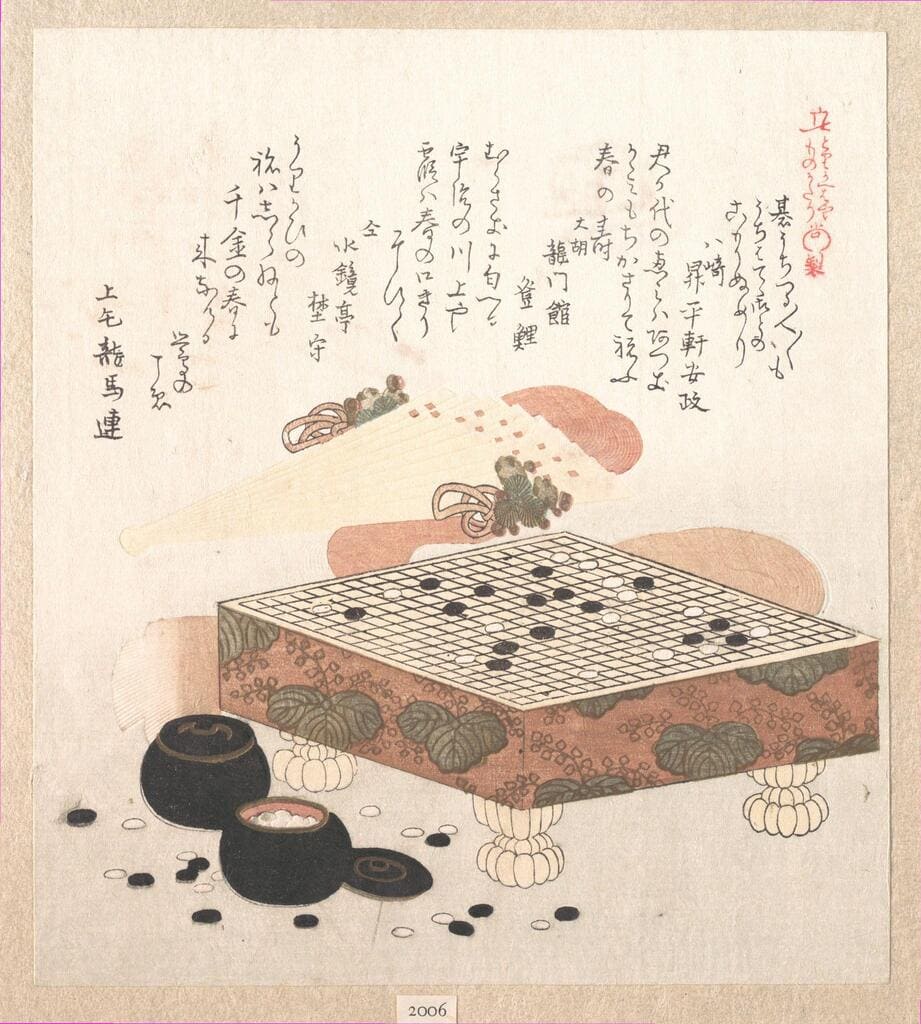
Оставить комментарий